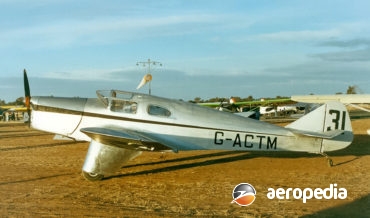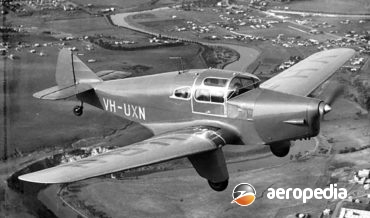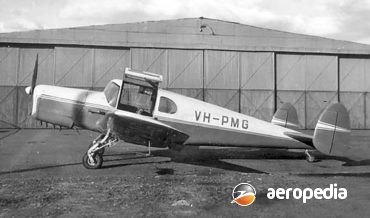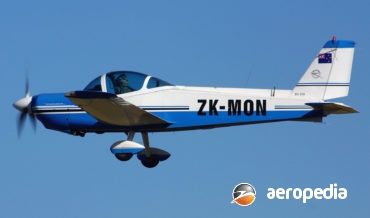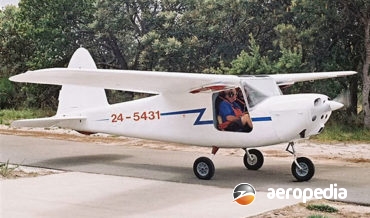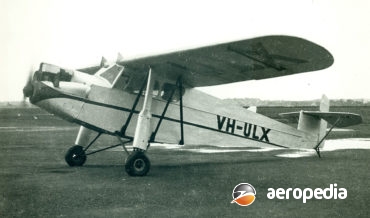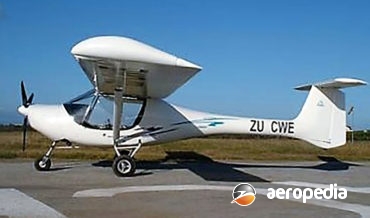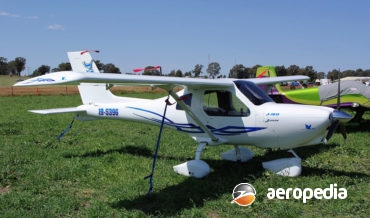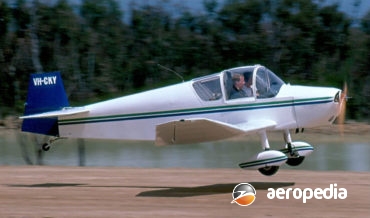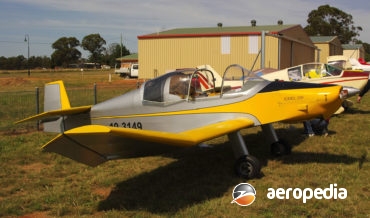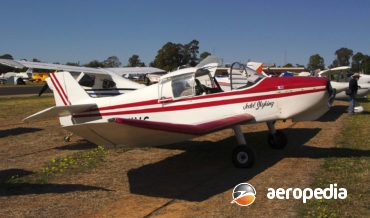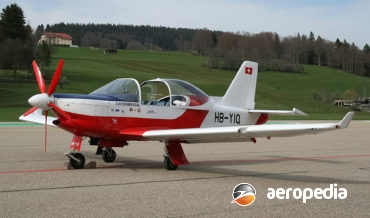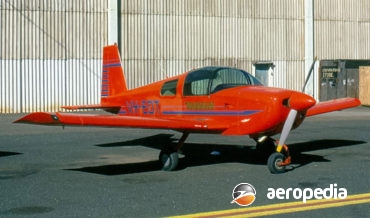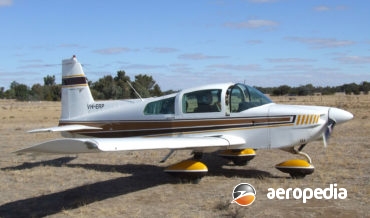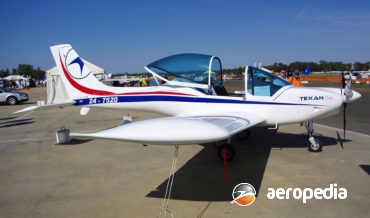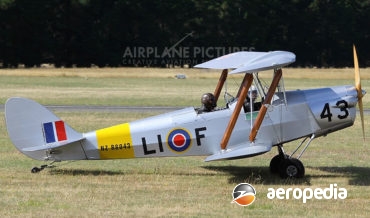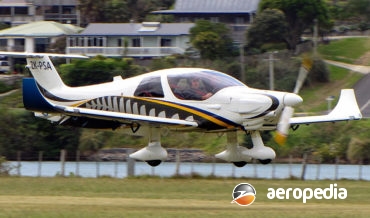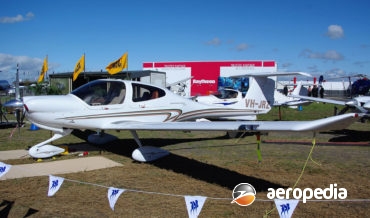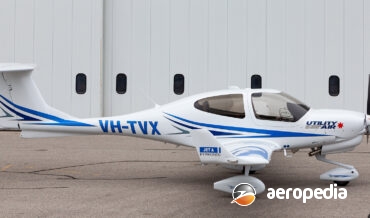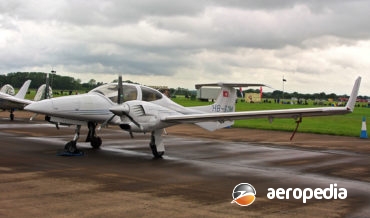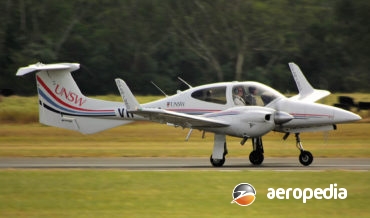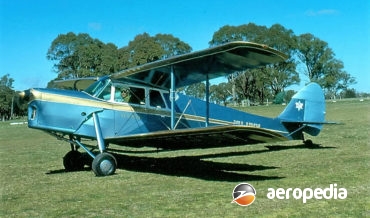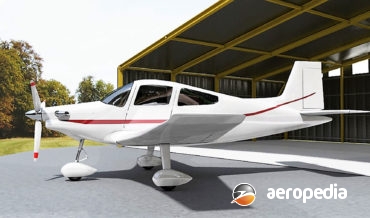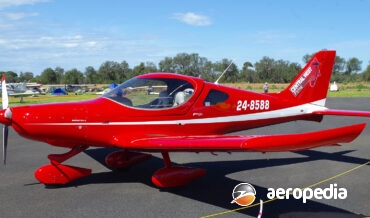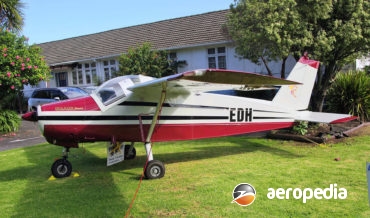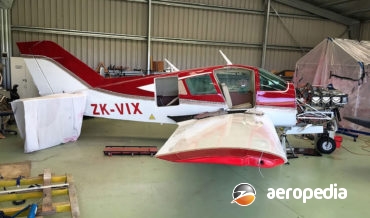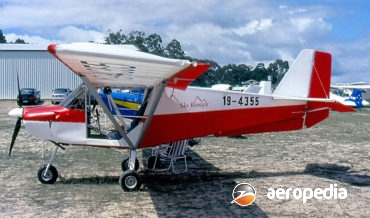All Contents
Contents
The Falcon, a development of the M-2F and M-2H Hawk Major, which in turn were developed from the M-2 Hawk, was built to accommodate three persons in an enclosed cabin.
David C. Eyre
- May 8, 2019
The Miles M.4A Merlin was an enlarged development of the Miles M.3 Falcon series designed to accommodate a pilot and four passengers.
David C. Eyre
- May 8, 2019
The Miles M.28 Mercury was a three/four-seat light touring monoplane of similar configuration to the later M.38 Messenger and, although only a small number were built, no two aircraft were the same and all had different designations.
David C. Eyre
- May 8, 2019
The M-9 series was introduced to the Maule range of aircraft in 2003 and was offered with four engine options, one of which is the SMA SR-305 diesel engine providing 172-kw (230-hp), this model, known as the M-9-230 being first shown at the EAA event at Oshkosh in 2007.
David C. Eyre
- May 8, 2019
The Monsun was a two-seat light monoplane built in Germany in the 1960s and produced in some numbers with the Lycoming O-320 engine.
David C. Eyre
- May 8, 2019
Manufactured by Aeronautica Macchi SA at Varese in Italy, the MB-308 was built in two basic variants, the two-seat 308 and the three-seat 308G.
David C. Eyre
- May 8, 2019
The Lockheed Sirius was designed by Gerrard Vultee for Colonel Charles Lindbergh, being built at Burbank, California. It was a low-wing monoplane with two cockpits and was used to set a number of US trans-continental records.
David C. Eyre
- May 8, 2019
The LM-5X Super Cub was first introduced to the light aircraft market in 1993, being an 88% scale copy of a Piper J-3 Cub, the aircraft being constructed of wood covered in dacron. It is a high-wing machine with a high-wing with a tractor engine and a tailwheel.
David C. Eyre
- May 8, 2019
The Klemm L-32 series was introduced to the Klemm range of light aircraft in 1933, being a three-seat light touring aircraft designed by Dr Ing Hans Klemm.
David C. Eyre
- May 8, 2019
In 1920 Frits Koolhoven returned to The Netherlands from the United Kingdom and became designer for the Nationale Vliegtuigindustie formed in The Hague and commenced designing a series of light aircraft.
David C. Eyre
- May 8, 2019
The Jora was a light aircraft produced in the Czech Republic produced by Jora SRO in Vraclav. Looking very similar to the Fantasy Air Cora, which made its public debut at the Fredrichshafen Air Show in Germany in May 1997, it becamepopular due to its low cost and good performance.
David C. Eyre
- May 8, 2019
The J160 was designed to meet JAR-VLA European airworthiness standards by Jabiru Aircraft Pty Ltd of Bundaberg, QLD.
David C. Eyre
- May 8, 2019
Designed as a two-seat development of the Jodel D-9, the D-11 became the basic model in a series of Jodel two-seat, light aircraft designs for amateur and commercial production.
David C. Eyre
- May 8, 2019
The D-18 Sovereign was derived from the Jodel D-11 series but it is smaller and lighter all round so that it may be fitted with smaller engines, ie in the 41-kw (55-hp) to 60-kw (80-hp) class.
David C. Eyre
- May 8, 2019
Photograph: Jodel DR-1050M Sky King VH-KVC (c/n V67) at Narromine, NSW in September 2012 (David C Eyre) Country of origin: France Description: Three-seat light touring monoplane Power Plant: One 75 kw (100 hp) Continental O-200A four-cylinder horizontally-opposed air-cooled engine Specifications: Wingspan: 8.72 m (28 ft 7½ in) Length: 6.35 m
David C. Eyre
- May 8, 2019
Leslie John Robert Jones, in conjunction with Dr N P Boulton, in 1927 commenced the design and construction, and later testing
David C. Eyre
- May 8, 2019
The Alpha is one of series of light aircraft produced by HB-Flugtechnik in Austria, the others designs including the Amigo, Cubby, the Dandy, and a two-seat mid-wing high-performance aircraft known as the Tornado which has a pusher engine driving a five-blade propeller and is fitted with a retractable undercarriage.
David C. Eyre
- May 8, 2019
This series of aircraft originated from a design by James Bede, the well known American designer of aircraft for amateur constructors.
David C. Eyre
- May 8, 2019
Designed to supplement the two-seat AA-1 Yankee series of aircraft, the AA-5 Traveler series was a four-seat variant which, although similar in appearance to the earlier models, had been extensively re-designed structurally to take the extra load of two more passengers, and the more powerful 112-kw (150-hp) engine.
David C. Eyre
- May 8, 2019
The Great Lakes Aircraft Corp was formed in 1928 in Cleveland, Ohio, to produce sporting aircraft for the US market, and introduced the 2-T-1 in 1929.
David C. Eyre
- May 8, 2019
The G-115 was one of the first aircraft to achieve full certification and go into full production that was constructed of glass-fibre reinforced plastics (GFRP).
David C. Eyre
- May 8, 2019
The CT2K, initially known as the Pegasus CT2K, is one of a new breed of light aircraft being developed around the world to meet new regulations for light aircraft which may be operated under ultra-light/microlight rules or can comply with normal registration requirements
David C. Eyre
- May 8, 2019
The Storch is one of a new breed of ultra-light aircraft produced in Italy for the recreational aircraft market
David C. Eyre
- May 8, 2019
The Texan is a light sporting aircraft built by Fly Synthesis in the Czech Republic and is produced in two basic variants, the Texan TC with a fixed tricycle undercarriage, and the Texan RG, the same aircraft with a retractable undercarriage operated by compressed air, but with a manual override
David C. Eyre
- May 8, 2019
The Dakota Hawk is a two seat-side-by-side light aircraft produced by Fisher Flying Products of Edgeley, North Dakota in kit form
David C. Eyre
- May 8, 2019
The R-80 is an 80% scale replica of the de Havilland DH-82A Tiger Moth manufactured and marketed in kit form by Fisher Flying Products of Edgeley, North Dakota
David C. Eyre
- May 8, 2019
The MCR-4 series was designed and is marketed in France by Societe Dyn’Aero of Darois and was initially produced in two versions, the MCR01 ULC, being an ultra light which has a max all-up weight of 450-kg (992-lb) so may be registered under ultra-light rules;
David C. Eyre
- May 8, 2019
The DA-20 series was introduced to the Diamond range of training aircraft, being a two-seat trainer aimed at the market for trainers before the DA-40 and DA-42 aircraft.
David C. Eyre
- May 8, 2019
The DA 40 series of light aircraft is built by Diamond Aircraft Industries at its facility south of Vienna in Austria.
David C. Eyre
- May 8, 2019
As noted in the Diamond DA-40 article, the DA-40 series has continued to be developed by the manufacturers and has become very popular around the World in the training role.
David C. Eyre
- May 8, 2019
The DA-42 Twin Star was developed by Diamond Aircraft Industries Gmbh at Wiener Neustadt in Austria from the DA-40 series and was built in the company’s plant in Vienna, the aircraft being unusual at that time in that it was fitted with modern diesel engines.
David C. Eyre
- May 8, 2019
In August 2008 Diamond announced it was introducing two new models of the Twin Star, the first being the DA-42-NG with 120-kw (170-hp) turbo diesel engines, and the DA-42-L360 with normally aspirated Lycoming IO-360 engines, the latter being specifically aimed at the US market.
David C. Eyre
- May 8, 2019
The genesis of the DA-42 commenced in 1981 when the then Austrian-based company, Diamond Aircraft Industries, produced a series of gliders and has continued over the years to produce the DA-20, DA-40 and DA-42 series, these being very distinctive aircraft in having long high-aspect ratio wings, winglets, and a tapered
David C. Eyre
- May 8, 2019
The DH.87, which was designed and built in 1937 as a replacement for the DH.60 Gipsy Moth series, had a Gipsy Major engine and side-by-side seating.
David C. Eyre
- May 8, 2019
The Aircruiser is a low-wing, fixed-tricycle undercarriage four-seat monoplane of all-metal construction designed initially by Henry Millicer. Mr Millicer is well known for designing the Victa Airtourer and the Aircruiser.
David C. Eyre
- May 8, 2019
This series of light aircraft was designed by BRM Aero Sro in the Czech Republic to meet world LSA regulations, and is aimed at the flight training school, glider towing and recreational flying markets. It is built in a number of models, the NG-5 series being supplied as the Bristell
David C. Eyre
- May 8, 2019
The BO-208 series of light aircraft emanated from the prototype built in the USA by Bjorn Andreasson, and flown for the first time on 10 October 1958.
David C. Eyre
- May 8, 2019
The Viking and Super Viking single-engine high-performance touring aircraft with a retractable tricycle undercarriage was manufactured in the United States initially by Bellanca from 1967, 1,356 examples having been completed by the type production concluded in 1975.
David C. Eyre
- May 8, 2019
The Skyranger is an ultra-light aircraft that was designed in Toulouse, France, by Philippe Prevot in the mid 1990s.
David C. Eyre
- May 8, 2019
Agrocopetros LTDA was founded in Colombia in 1971 by Maximo Tedesco to design, manufacture and market ready to fly light aircraft in South America.
David C. Eyre
- May 8, 2019
Recent Comments
Archives
Categories
- No categories
Categories
- No categories
Latest Posts
Newsletter

